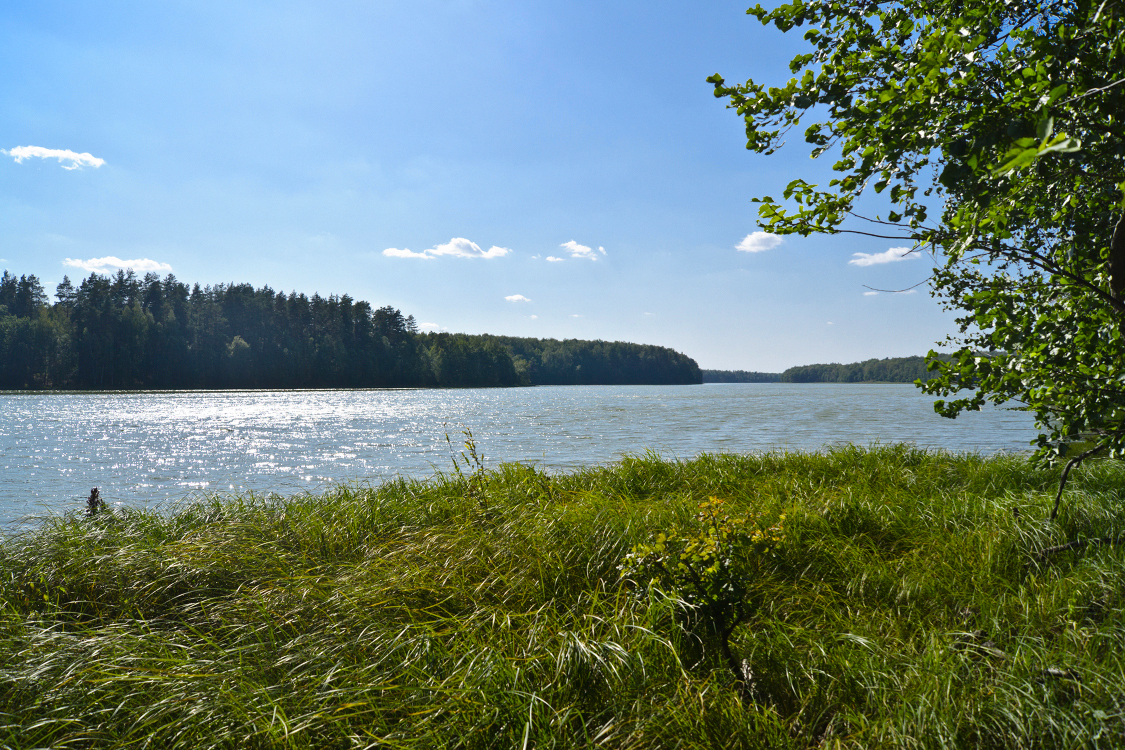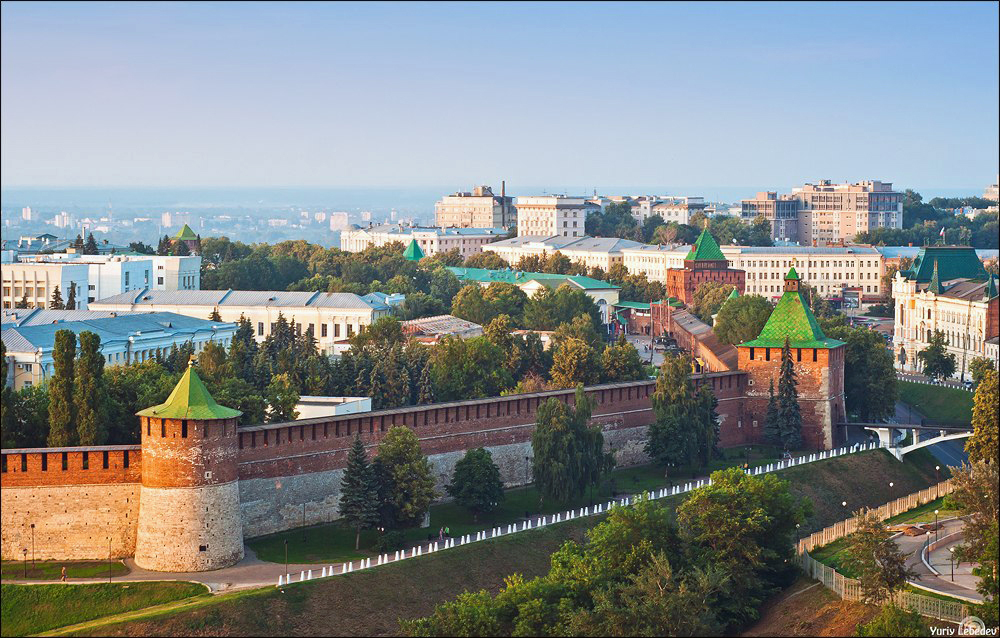|
Golden Ring Of Russia
The Golden Ring of Russia (russian: Золото́е кольцо́ Росси́и ) unites old Russian cities of five Oblasts – usually excluding Moscow – as a well-known theme-route. The grouping is centred northeast of the capital in what was the north-eastern part of ancient Rus'. The ring formerly comprised the region known as Zalesye. The idea of the route and the term was created in 1967 by Soviet historian and essayist Yuri Bychkov, who published in ''Sovetskaya Kultura'' in November–December 1967 a series of essays on the cities under the heading: "Golden Ring". Bychkov was one of the founders of ''ВООПИК'': the All-Russian Society for the Protection of Monuments of History and Culture (these letters in Romanized form are VOOPIK). These ancient towns were heavily formative to the centrality of the Russian Orthodox Church in society. They preserve the memory of key events in medieval and Imperial Russian history. The towns have been call ... [...More Info...] [...Related Items...] OR: [Wikipedia] [Google] [Baidu] |
Central Federal District
The Central Federal District ( rus, Центра́льный федера́льный о́круг, r=Tsentralny federalny okrug, p=tsɨnˈtralʲnɨj fʲɪdʲɪˈralʲnɨj ˈokrʊk) is one of the eight federal districts of Russia. Geographically, the district is situated in the extreme west of present-day Russia; although it can be considered as the central region of European Russia. The district covers an area of , and recorded a population of 38,427,537 (81.3% urban) in the 2010 Census. The Presidential Envoy to the Central Federal District is Igor Shchyogolev. Demographics Federal subjects The district comprises the Central and Central Black Earth economic regions and eighteen federal subjects: Ethnic groups Ethnic composition, according to the 2010 census: Total - 38 427 539 people. Russians - 34 240 603 (89.10%) Ukrainians - 514 919 (1.34%) Armenians - 270,996 (0.71%) Tatars - 265 913 (0.69%) Azerbaijanis - 132 312 (0.34%) Belarusians - 128 742 (0.34%) Uzbeks ... [...More Info...] [...Related Items...] OR: [Wikipedia] [Google] [Baidu] |
Kremlin (fortification)
A kremlin ( rus, кремль, r=kreml', p=ˈkrʲemlʲ, a=LL-Q7737 (rus)-Cinemantique-кремль.wav) is a major fortified central complex found in historic Russian cities. This word is often used to refer to the most famous one, the Moscow Kremlin, or metonymically to the government that is based there. Other such fortresses are called ''detinets'', such as the Novgorod Detinets. Etymology The Russian word is of uncertain origin. Different versions include the word originating from the Turkic languages, the Greek language or from Baltic languages. The word may share the same root as ''kremen (russian: кремень, , "flint"). History Kremlins in Rus' The Slavs began to build fortresses to protect their lands from enemies in the ninth century. It is known that the Scandinavians called the Slavic lands the land of fortresses—"Garðaríki, Gardariki". Arabic geographer Al-Bakri wrote: "And that is how the Slavs build a large part of their fortresses: they head for mead ... [...More Info...] [...Related Items...] OR: [Wikipedia] [Google] [Baidu] |
Dormition Cathedral, Vladimir
The Dormition Cathedral in Vladimir (sometimes translated Assumption Cathedral) (russian: Собор Успения Пресвятой Богородицы, ''Sobor Uspeniya Presvyatoy Bogoroditsy'') was a mother church of Medieval Russia in the 13th and 14th centuries. It is part of a World Heritage Site, the White Monuments of Vladimir and Suzdal. The cathedral was commissioned by Andrew the Pious in his capital, Vladimir, and dedicated to the Dormition of the Theotokos (Virgin Mary), whom he promoted as the patron saint of his lands. Originally erected in 1158 to 1160, the cathedral, with six pillars and five domes, was expanded in 1185 to 1189 to reflect the augmented prestige of Vladimir. At 1178 m², it remained the largest Russian church for several hundred years. Andrew the Pious, Vsevolod the Big Nest and other rulers of Vladimir-Suzdal were interred in the crypt of this church. Unlike many other churches, the cathedral survived the great devastation and fire of Vlad ... [...More Info...] [...Related Items...] OR: [Wikipedia] [Google] [Baidu] |
Monastery Of Saint Euthymius
The Saviour Monastery of St. Euthymius is a monastery in Suzdal, Russia, founded in 1352. History Foundation The monastery was founded in 1352 by the monk Yevfimi from Nizhny Novgorod, invited by Grand Prince Boris Konstantinovich of Suzdal-Nizhny Novgorod. The monastery, originally called the Spassky, was located high over the Kamenka River and served as a fortress to protect the town from any attackers. The original monastery buildings were made of wood, however, there is no data on their appearances. Monk Yevfimi (Euthymius) became the first archimandrite and lived here until 1404. Upon his death the monastery was renamed after him into the Spaso-Yevfimiev Monastery. The Great Battle of Suzdal happened right next to the monastery, that ended with defeat or the Russians. Vasily II of Moscow was captured and taken as a prisoner to Ulugh Muhammad sons Makhmud and Jakub. The Mongols sacked Suzdal and moved to Vladimir. Late Middle Ages The first wooden Church of the Tran ... [...More Info...] [...Related Items...] OR: [Wikipedia] [Google] [Baidu] |
Ipatievsky Monastery
The Ipatiev Monastery (), sometimes translated into English as Hypatian Monastery, is a male monastery situated on the bank of the Kostroma River just opposite the city of Kostroma. It was founded around 1330 by a Tatar convert, Prince Chet, whose male-line descendants include Solomonia Saburova and Tsar Boris Godunov, and is dedicated to St. Hypatios of Gangra. History Foundation The main theory considers Tatar Murza Chet, baptized as Zachary, to be the founder of the Ipatievsky Monastery. The legend says that he was miraculously cured from a disease by a vision of the Virgin Mary and St. Philip and St. Hypatius, and decided to build the monastery as a sign of gratitude. Some historians state that the monastery was founded in 1275 by Yaroslavich, but declined together with the Kostroma Principality after his death. In this case, the monastery could be not entirely built but only revived by Murza Chet. 13th–15th centuries In 1435, Vasily II concluded a peace with his ... [...More Info...] [...Related Items...] OR: [Wikipedia] [Google] [Baidu] |
Rostov Kremlin
Rostov Kremlin (рус.: :ru:Ростовский кремль, Ростовский кремль) - an architectural ensemble of four complexes, built during the 16th - 17th centuries, situated in Rostov, Yaroslavl Oblast, Yaroslavl region. The Kremlin is located in the center of Rostov. According to its original purpose, the ensemble of the Rostov Kremlin was the residence of the Metropolitan bishop, Metropolitans, Metropolitan Bishop, of the Rostov diocese. According to experts it is one of the most significant and original architectural monuments in Russia. The ensemble of the Kremlin consists of four special complexes: the Metropolitan's Court; the Cathedral Court; the Metropolitan Garden and the Stable Yard. The oldest building of the ensemble is the Assumption Cathedral, Rostov, Assumption Cathedral (1508-1512). The architecture of all the churches of the Kremlin was determined by this monument. The Kremlin buildings, with a few exceptions, were built in the second half of ... [...More Info...] [...Related Items...] OR: [Wikipedia] [Google] [Baidu] |
Goritsky Monastery (Pereslavl-Zalessky)
The Goritsky Monastery of Dormition (russian: Успенский Горицкий монастырь) was a Russian Orthodox monastery in Pereslavl-Zalessky, Russia. Peraslavl-Zalessky Historical Museum website It was supposedly established in the early 14th century during the reign of Ivan I of Moscow (Ivan Kalita). In 1382 Tokhtamysh Khan destroyed the town and the monastery with it. According to the legend, Grand Princess Eudoxia of Moscow arrived as a pilgrim the day before the attack and managed to escape the Horde on a raft, covered by fog of the Lake Pleshcheyevo, Pleshcheyevo lake. In gratitude for the miraculous salvation, she rebuilt the monastery and established a tradition of Procession#Christian processions#Eastern Orthodox, Easter rides on rafts across the lake. All the monastery's manuscripts were destroyed ... [...More Info...] [...Related Items...] OR: [Wikipedia] [Google] [Baidu] |
Trinity Lavra Of St
The Christian doctrine of the Trinity (, from 'threefold') is the central dogma concerning the nature of God in most Christian churches, which defines one God existing in three coequal, coeternal, consubstantial divine persons: God the Father, God the Son (Jesus Christ) and God the Holy Spirit, three distinct persons sharing one ''homoousion'' (essence) "each is God, complete and whole." As the Fourth Lateran Council declared, it is the Father who begets, the Son who is begotten, and the Holy Spirit who proceeds. In this context, the three persons define God is, while the one essence defines God is. This expresses at once their distinction and their indissoluble unity. Thus, the entire process of creation and grace is viewed as a single shared action of the three divine persons, in which each person manifests the attributes unique to them in the Trinity, thereby proving that everything comes "from the Father," "through the Son," and "in the Holy Spirit." This doctrine ... [...More Info...] [...Related Items...] OR: [Wikipedia] [Google] [Baidu] |
Onion Dome
An onion dome is a dome whose shape resembles an onion. Such domes are often larger in diameter than the tholobate upon which they sit, and their height usually exceeds their width. These bulbous structures taper smoothly to a point. It is a typical feature of churches belonging to the Russian Orthodox church. There are similar buildings in other Eastern European countries, and occasionally in some Western European countries, like in Germany's Bavaria, Austria, and northeastern Italy. Buildings with onion domes are also found in the Oriental regions of Central and South Asia, and the Middle East. However, the old buildings outside of Russia usually do not have the typical construction of the Russian onion design. The origin of the design is thought to be the native architectural style of early Rus' tribes. Other types of Eastern Orthodox cupolas include ''helmet domes'' (for example, those of the Assumption Cathedral in Vladimir), Ukrainian ''pear domes'' (Saint Sophia Cathe ... [...More Info...] [...Related Items...] OR: [Wikipedia] [Google] [Baidu] |
Russia
Russia (, , ), or the Russian Federation, is a List of transcontinental countries, transcontinental country spanning Eastern Europe and North Asia, Northern Asia. It is the List of countries and dependencies by area, largest country in the world, with its internationally recognised territory covering , and encompassing one-eighth of Earth's inhabitable landmass. Russia extends across Time in Russia, eleven time zones and shares Borders of Russia, land boundaries with fourteen countries, more than List of countries and territories by land borders, any other country but China. It is the List of countries and dependencies by population, world's ninth-most populous country and List of European countries by population, Europe's most populous country, with a population of 146 million people. The country's capital and List of cities and towns in Russia by population, largest city is Moscow, the List of European cities by population within city limits, largest city entirely within E ... [...More Info...] [...Related Items...] OR: [Wikipedia] [Google] [Baidu] |
.png)




